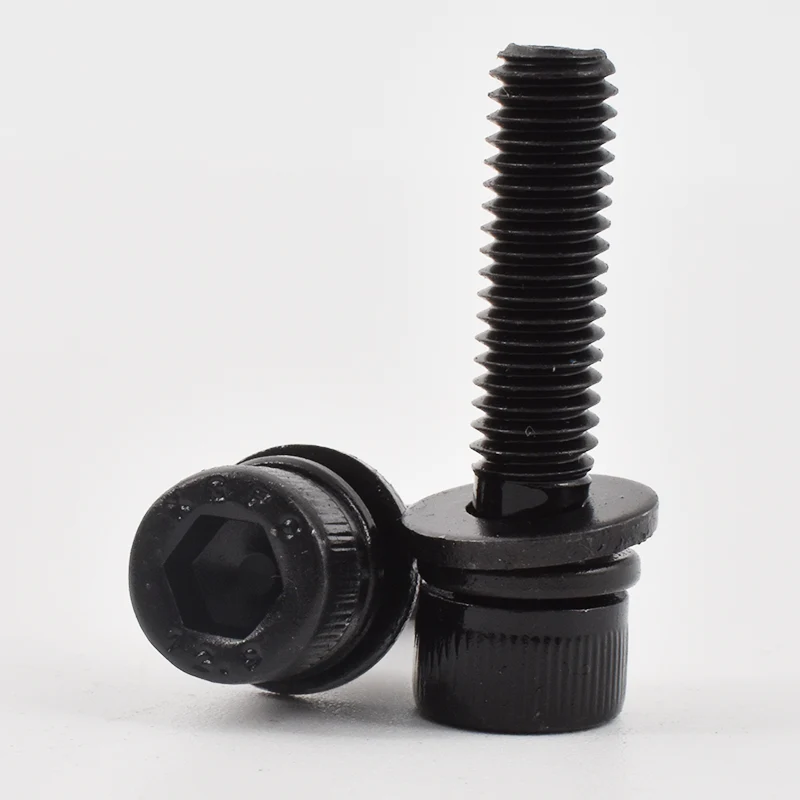 English
English Español
Español  Português
Português  русский
русский  Français
Français  日本語
日本語  Deutsch
Deutsch  tiếng Việt
tiếng Việt  Italiano
Italiano  Nederlands
Nederlands  ภาษาไทย
ภาษาไทย  Polski
Polski  한국어
한국어  Svenska
Svenska  magyar
magyar  Malay
Malay  বাংলা ভাষার
বাংলা ভাষার  Dansk
Dansk  Suomi
Suomi  हिन्दी
हिन्दी  Pilipino
Pilipino  Türkçe
Türkçe  Gaeilge
Gaeilge  العربية
العربية  Indonesia
Indonesia  Norsk
Norsk  تمل
تمل  český
český  ελληνικά
ελληνικά  український
український  Javanese
Javanese  فارسی
فارسی  தமிழ்
தமிழ்  తెలుగు
తెలుగు  नेपाली
नेपाली  Burmese
Burmese  български
български  ລາວ
ລາວ  Latine
Latine  Қазақша
Қазақша  Euskal
Euskal  Azərbaycan
Azərbaycan  Slovenský jazyk
Slovenský jazyk  Македонски
Македонски  Lietuvos
Lietuvos  Eesti Keel
Eesti Keel  Română
Română  Slovenski
Slovenski
Qual è l'impatto della tolleranza alla dimensione della testa della vite di combinazione sul suo uso?
2025-04-16
The head size tolerance of the combination screw is like a "small range" for the head size. The size changes within this range will have different impacts on the use of the combination screw. Let's talk about it in detail.
1. Impact on the installation process
If the head size of the combination screw is larger than the standard size, that is, it exceeds the tolerance range. During installation, it may not be able to be smoothly put into the corresponding mounting hole or cooperate with other parts. It's like you have a pair of small shoes, but you have to force a big foot into it. It will definitely be very difficult, or even impossible to put it in at all. In this way, the efficiency of installation will be greatly reduced, and the mounting hole or other parts may be damaged.
If the head size is smaller than the standard, it may be easier to put it into the mounting hole, but it may not be firmly fixed. It's like using a small nail to hang a large painting. The nail is too thin and the painting will fall off easily. If the head size of the combination screw is too small, it may loosen during use, affecting the stability of the entire connection.
2. Impact on connection stability
The appropriate head size tolerance can ensure that sufficient tightening force is generated when tightening the combination screw. If the head size tolerance is not appropriate, for example, the head is too large, the ideal tightening force may not be achieved due to uneven force during tightening; if the head is too small, it may slip during tightening, and the combination screw cannot tightly connect the two parts. Over time, the connection will become loose.
The combination screw and other parts need to have good matching accuracy to ensure the stability of the connection. Improper head size tolerance will destroy this matching accuracy. Just like a puzzle, each piece must be of the right size to fit tightly. If the size of the combination screw head is not right, there will be gaps between other parts or the fit is too tight, so when subjected to external force, it is easy to cause problems such as shaking and displacement.
3. Affecting aesthetics
In some occasions where the appearance requirements are relatively high, if the head size tolerance of the combination screw exceeds the range, the entire product will look unsightly. For example, in furniture making, if the head of the combination screw is too large or too small, it will look very inconsistent with the surrounding parts, just like a beautiful painting with a very abrupt small flaw, affecting the overall visual effect.





